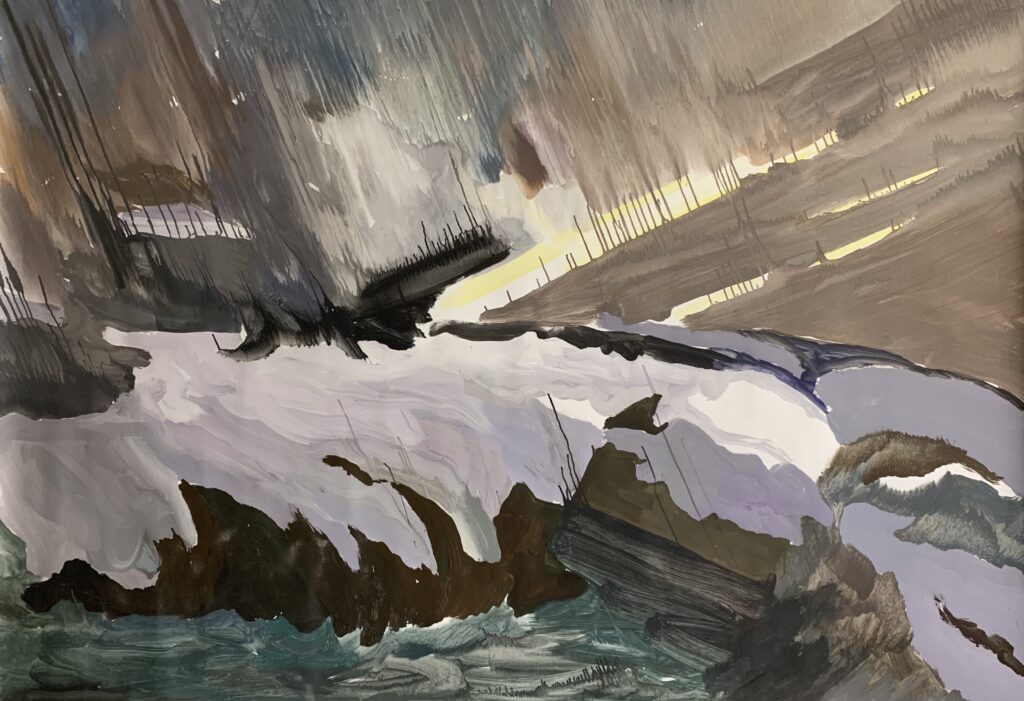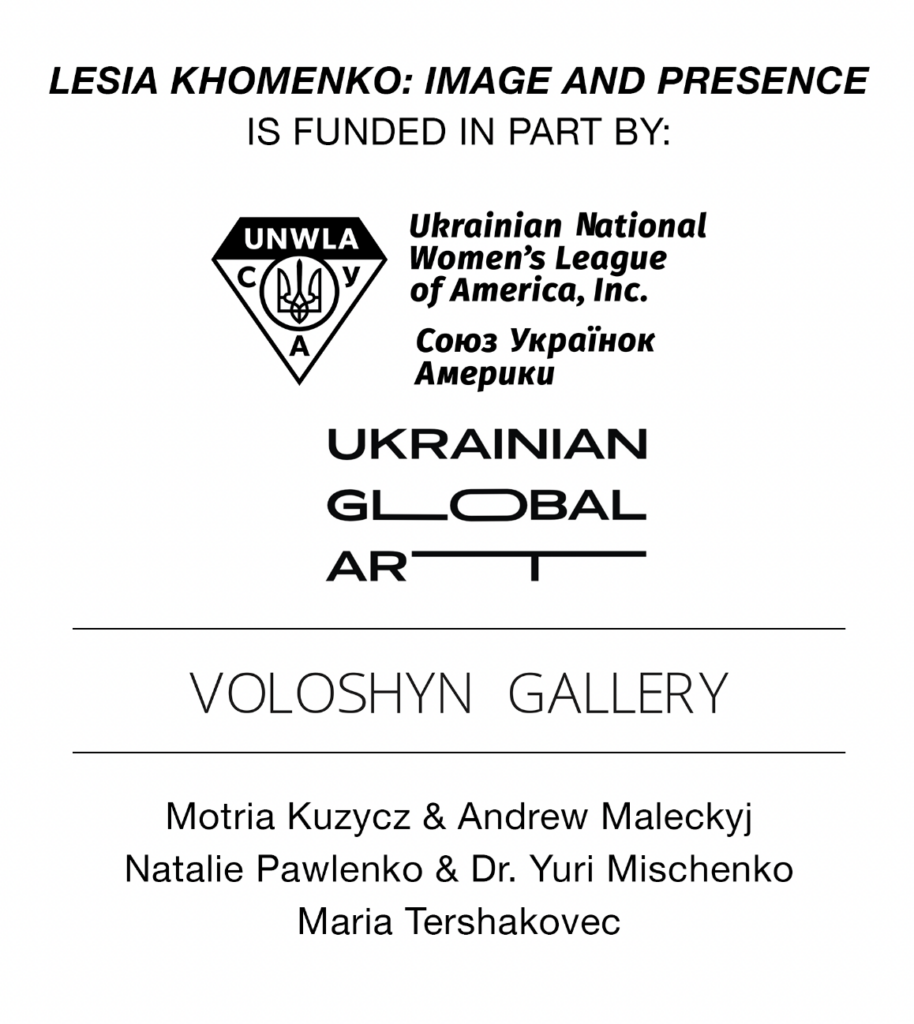
28 April – 6 August 2023
Lesia Khomenko is an acclaimed multidisciplinary artist from Ukraine who since the Russian invasion has been the focus of global media discussion and attention. Her approach is to reconsider the role of painting: she deconstructs narrative images and transforms paintings into objects, installations, and performances. Her artworks have mocked Soviet Socialist Realism’s erroneous attempt to create a perfect utopian society and fantasy people, and she has probed past state-sanctioned creativity and its long-lasting impact on current artistic practices.
This exhibition, Khomenko’s first solo museum show in North America, reflects on the artist’s creative method and her incessant investigations of identity and politics, particularly in the context of the Russian war in Ukraine.
Khomenko’s Count Down series reimagines prominent socialist realist battle paintings by Soviet Ukrainian artists. In her canvases, Khomenko eliminates the valorous figures of soldiers and military equipment, presenting instead a depopulated terrain.
The large-scale works created for the Ukrainian Museum, particularly Radical Approximation and Fragmented Surveillance, grow out of the haze of war in cyberspace and quote the footage of military operations available online. These canvases resonate with earlier works where Khomenko depicts unidentifiable armed figures in the abstract manner, which investigates the protective technique of blurring and masking strategic objects, landscapes, and military faces in photographs from the frontlines.
The transportable, rolled paintings in the MPATS series capture Khomenko’s own experience of living through the early stages of war and evacuation, and witnessing warfare in real time, where arms fall under the category of collective needs and are held sway by collective usage decisions. (MPATS = man-portable anti-tank system)
In her new body of work, AJS,Khomenko initiates a dialogue with the Abstract Expressionist painter Janet Sobel, whose early images are also on display at the Ukrainian Museum. The installation symbolically bridges decades of narratives that were fragmented and concealed due to forced migration, resocialization, ruptures, and survivals.
